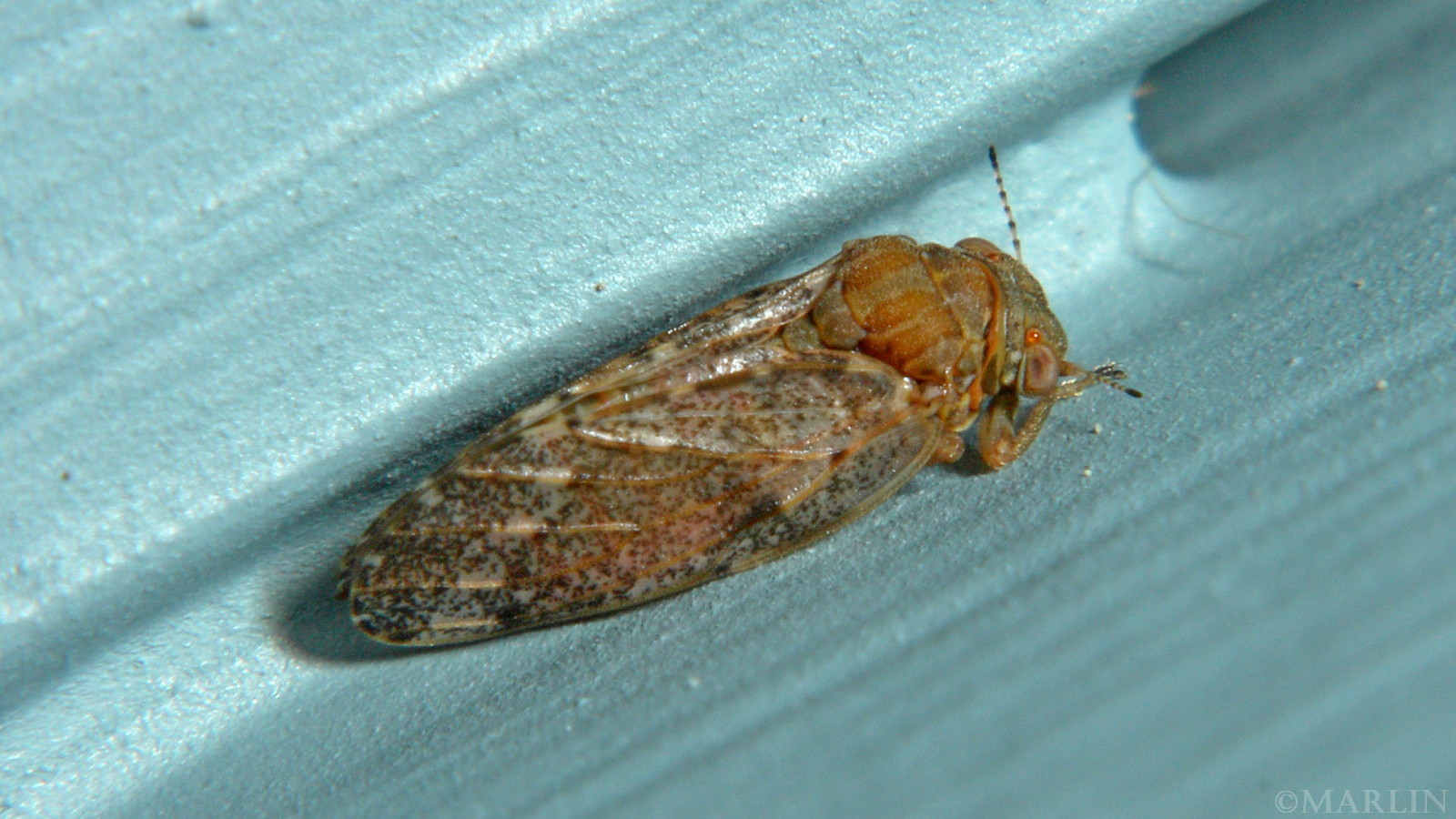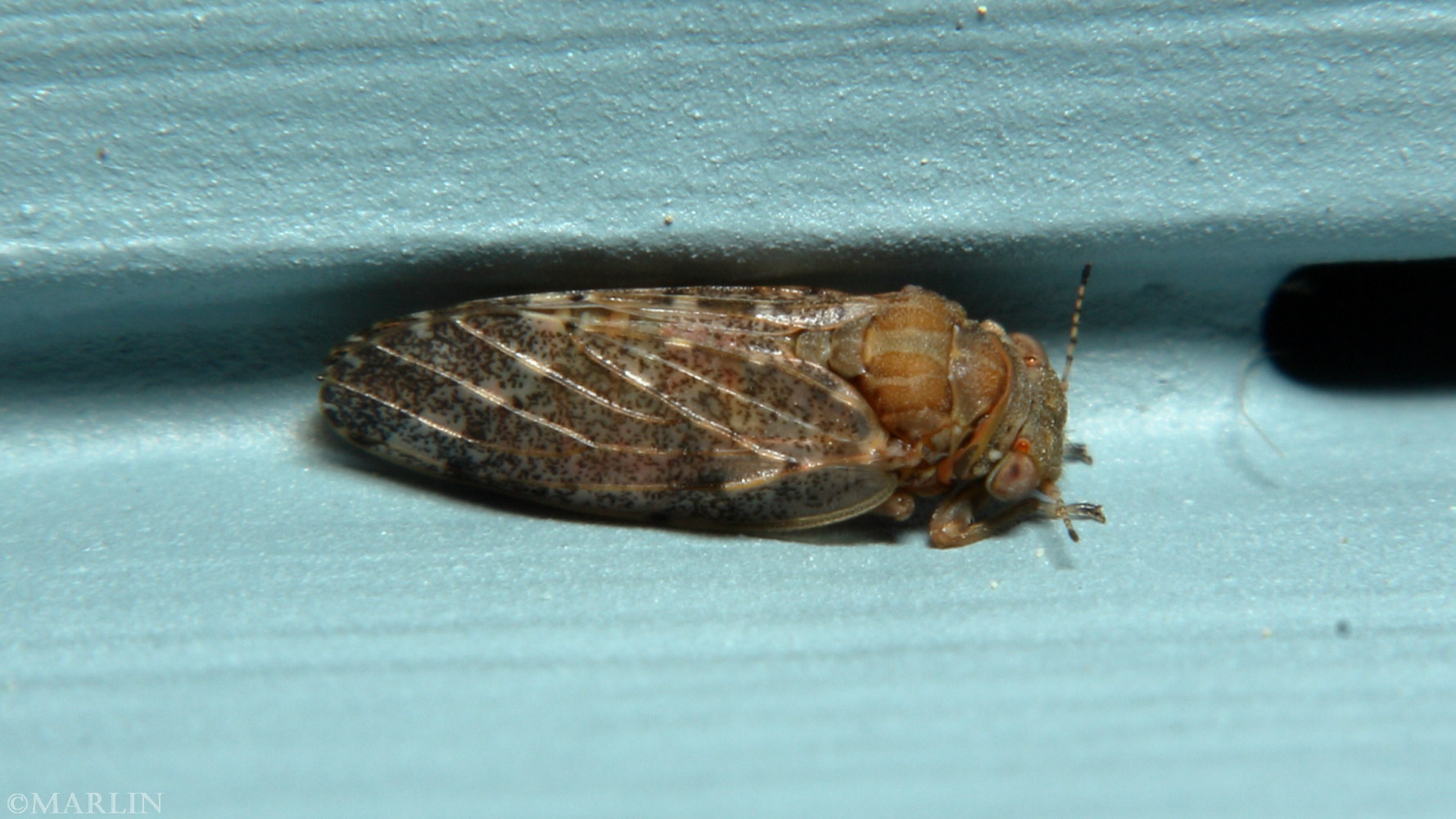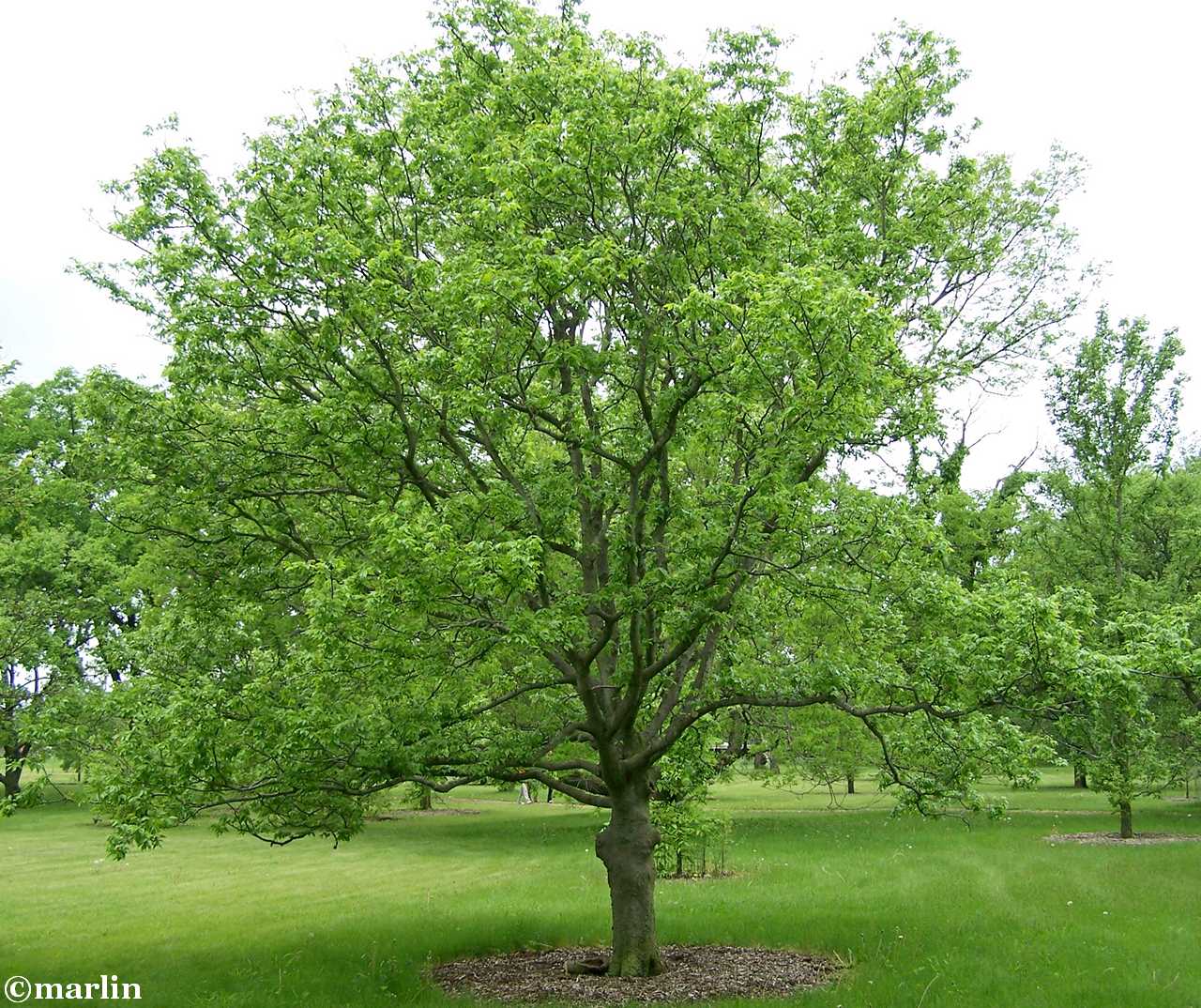Hackberry Psyllid – Pachysylla species
These things are tiny – about 3-4mm
Family Psyllidae: Jumping Plant Lice
Suborder Sternorrhyncha – Aphids, Scales, Mealybugs, and Jumping Plant Lice
These pictures were taken in early October, near the Rock River of northern Illinois. My house was overrun with tens of thousands of these tiny pests for about a week in the very warm weather of late summer. These insects are so tiny they can fit through the openings in a standard window screen. Indeed, this seems to be their chosen milieu; they congregate on window screens so they can escape larger predators that can’t go through the holes. If you tap a screen with these bastards on it, they will all appear as if by magic on the inside of the screen – they do it that fast.
When I was a child, we called these things “gnats,” never giving a thought to our nomenclature. The psyllids are very active little creatures. Their rapid movements result from a combination of leaping and flying. A disturbed psyllid will give a mighty leap followed by a furious buzzing of their tiny wings which, puny as they are, can propel one of these demons several yards. Mostly they only jump a few feet, quite often up a nose or other unprotected area where we don’t like to have live insects bouncing around. Please swat them all you like, it won’t hurt them. They laugh at your puny human efforts.
Most psyllids are very host specific, that is, they feed on specific plants or a very narrow range of plants, like the leaf beetles in Chrysomelidae or the Monarch butterfly. The charming mite pictured here is prolific on the common Hackberry – Celtis occidentalis. Hackberry is a North American native tree closely related to the Elm. Hackberry is commonly used in bonsai, and woe betide the sensei who has psyllids infesting his plants. [1]
Adult psyllids congregate on their host plants and nearby vegetation and structures. They can be extremely numerous in large outbreaks, numbering into the hundreds of thousands in very small areas. They make their living sucking fluids by means of a long beak, just like other hemipterans such as stink bugs, cicadas, bed bugs, and aphids. Plant lice must process an enormous quantity of sap, it being so low in nutrients, especially nitrogen.
In addition to their proclivity for plant sap, one notable plant louse of the New World, the Asian Citrus psyllid, has coevolved as insect vector for the bacteria Liberibacter asiaticum, bane of the citrus producer as the cause of Citrus greening or Huanglongbing (HLB), a nasty plant pathogen that can damage fruit , reduce harvests, and even kill mature trees. It affects all plants in the Citrus genus, and as of 2010, the lower 34 counties in the state of Florida had found infected trees.
One side effect of the bacterial infection manifests itself in Florida oranges; the infection somehow causes the flavanone glycoside Hesperidin to crystalize on the segment membranes within the fruit [3]. Hesperidin is an antioxidant that has shown preliminary indications as a cancer-fighting drug with anti-inflammatory properties [4].
However, the perhaps most damaging aspect of the disease is its effect on the sugar to acid ratio of the orange juice. Fruits from HLB infected trees have as much as 18% more acid than control groups, giving a less sweet /more sour flavor more characteristic of immature fruit [3].
References
- Wikipedia, “Psyllidae” our image appears in the taxobox
- Wikipedia, “Jumping Plant Louse“
- Michelle Danyluk, Timothy M. Spann, Russell Rouseff, and Charlie Sims, University of Florida “The Effects of Huanglongbing on Florida Oranges“
- Wikipedia, “Hesperidin“
- Bugguide.net, “Hackberry Psyllid“
Bugs Main | Bugs Index | Assassin Bugs | Plant Bugs | Ambush Bugs



